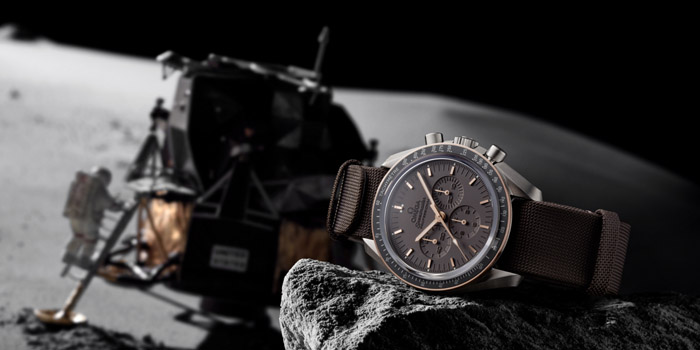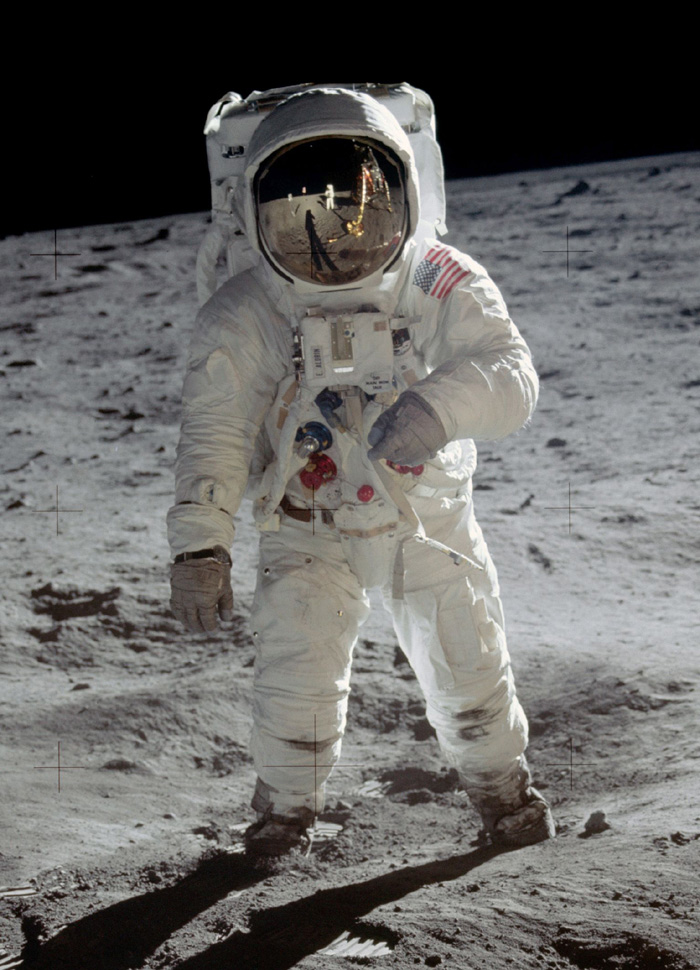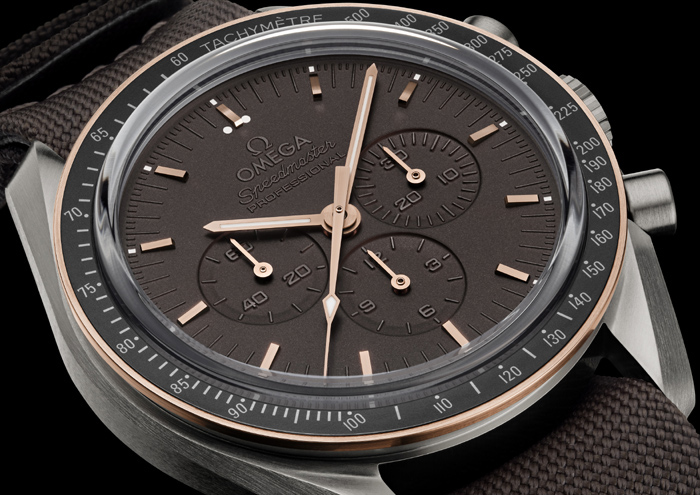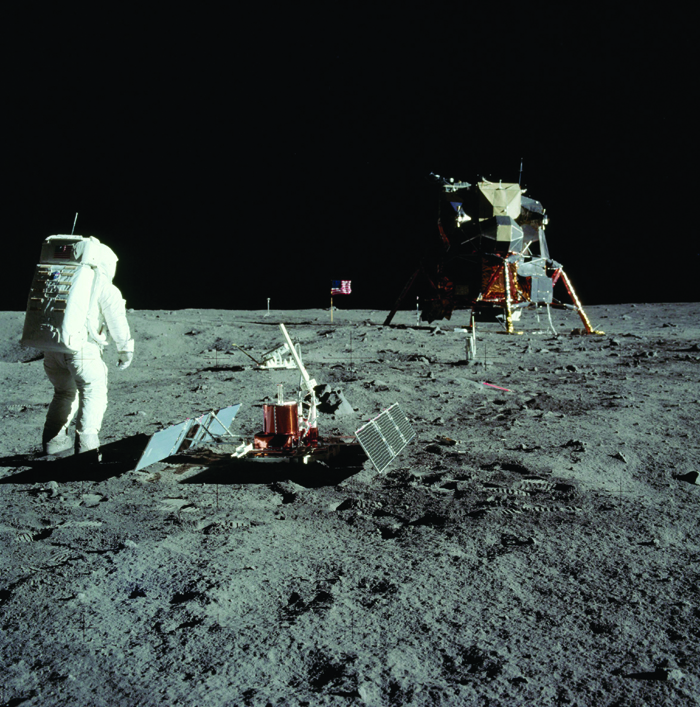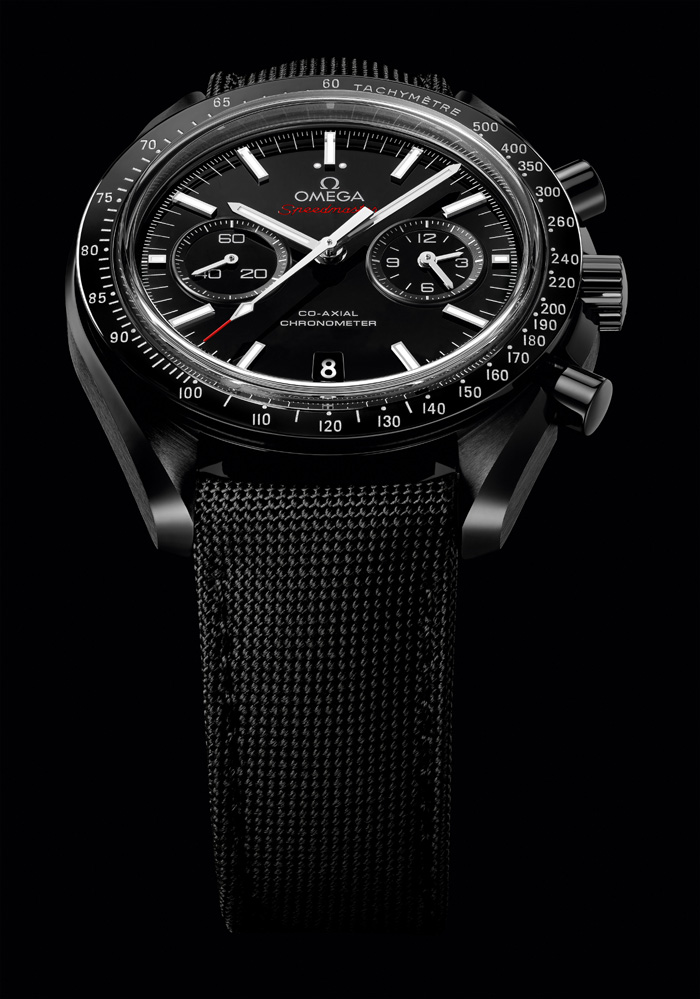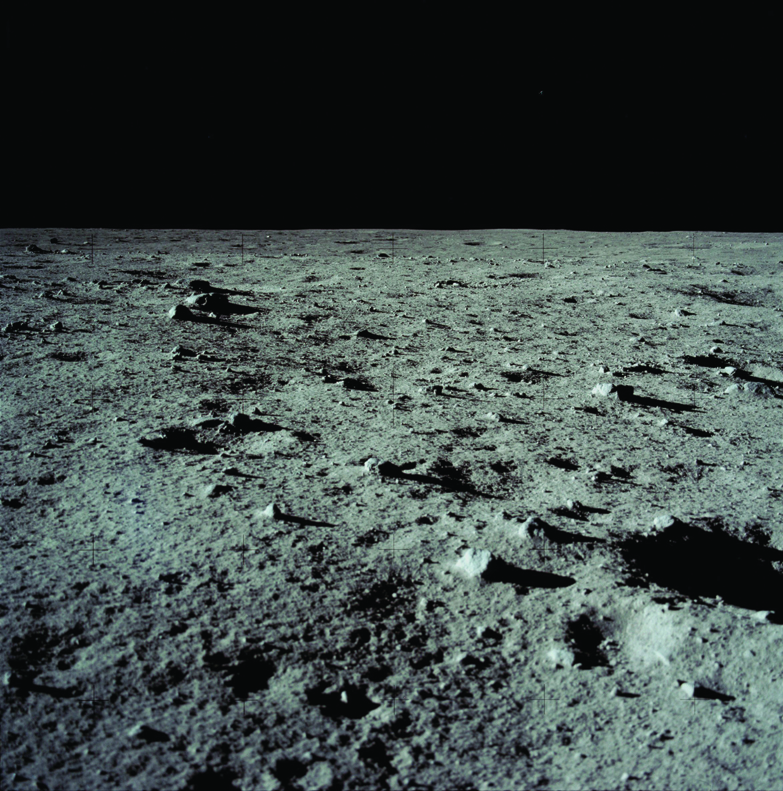I may be giving away too much information here, but, why not? I remember watching the televised landing of the Apollo 11 lunar module in 1969, and the next day’s adventurous steps as two astronauts descended the ladder of the module and stepped foot on the moon’s surface. I was a kid, on vacation with my family at a lakeside resort in Vermont. The resort set up hundreds of chairs out on the long wooden porch under the late night sky and a huge television set … remember- this was 1969 – so that all by itself was a big deal! From those chairs, under the starry sky, we watched the incredible breakthrough man made. I was a kid. Maybe I didn’t realize just how monumental that landing and walk was. But today, when I look back, I am so grateful to have witnessed it.
This weekend, we celebrate the 45th anniversary of that momentous event. Sunday July 20 marks man’s first manned lunar landing 45 years ago, and Monday July 21 celebrates that giant leap for mankind – our first steps on the moon.
On July 20, 1969, the USA landed its Apollo 11 lunar module, called Eagle, on the moon’s surface in the Sea of Tranquility. It was not such an easy landing. First, the module’s computers sent out alarms (information overload on the landing), additionally, the landing area it was heading into was filled with boulders; the astronauts had to take control and manually land the module in the huge crater now known as the Sea of Tranquility. They landed at 20:17:40 UTC with about 25 seconds of fuel left in the lunar module.
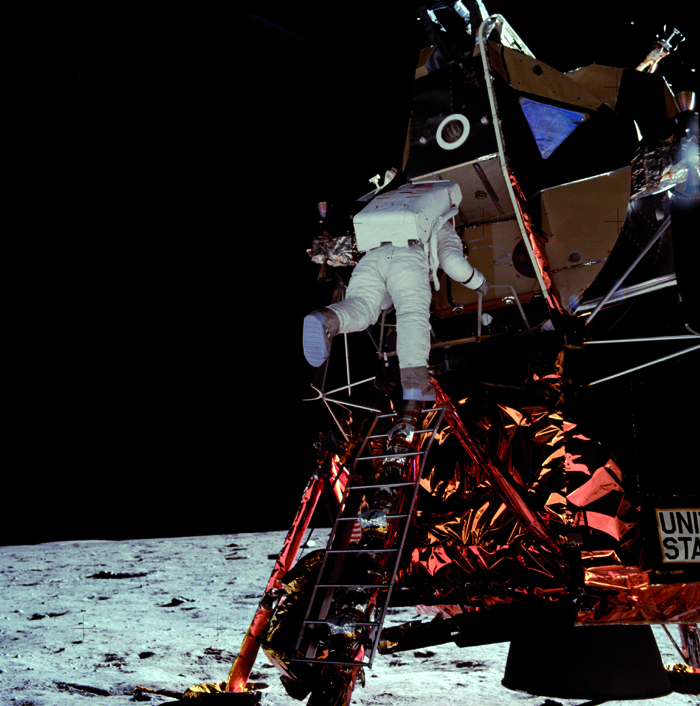 The next day, those two NASA astronauts, Neil Armstrong and Buzz Aldrin, became the first to ever step foot on the moon – one of mankind’s crowning technological achievements. Armstrong was the first to step onto the lunar surface, describing the event as “one small step for (a) man, one giant leap for mankind.” He and Aldrin spent a couple of hours outside the spacecraft setting up equipment and collecting lunar material. The third astronaut, Michael Collins, piloted the command spacecraft alone in orbit until Armstrong and Aldrin returned just about 22 hours later for the trip back to Earth. This incredible feat effectively ended the international space race.
The next day, those two NASA astronauts, Neil Armstrong and Buzz Aldrin, became the first to ever step foot on the moon – one of mankind’s crowning technological achievements. Armstrong was the first to step onto the lunar surface, describing the event as “one small step for (a) man, one giant leap for mankind.” He and Aldrin spent a couple of hours outside the spacecraft setting up equipment and collecting lunar material. The third astronaut, Michael Collins, piloted the command spacecraft alone in orbit until Armstrong and Aldrin returned just about 22 hours later for the trip back to Earth. This incredible feat effectively ended the international space race.
Time played a critical role in the space program, and so did timepieces. The leading role in the NASA space flights and the walk on the moon was played by Omega, as it was the official watch of NASA, having undergone rigorous testing over the course of many months. The astronauts on the Apollo 11 mission were equipped with Omega Speedmaster watches.
Now, as we celebrate the 45th anniversary, Omega – along with brand ambassador Buzz Aldrin — releases a new Speedmaster Professional Apollo 11 45th Anniversary Limited Edition watch. Events were held in Los Angeles and in Florida at the Kennedy Space Center, from which Apollo 11 was originally launched. Both events the evening commemorated the history of the original, now iconic, OMEGA Speedmaster Professional “Moonwatch,” which Dr. Aldrin wore on his spacesuit during the legendary mission.
Recalling the colors of the moon and the Apollo 11 lunar and command modules, this limited edition timepiece – created in a series of just 1,969 pieces — features a 42 mm brushed grey grade 2 titanium cases with a touch of gold. The black PVD dial, with its 30-minute and 12-hour recorders and small seconds sub-dial, has been produced using a special laser, which creates the design elements on the watch’s face by removing the material surrounding the name, sub-dial numerals and hour markers.
Not lucky enough to be one of the 1,969 people to get their hands on this commemorative watch? That’s ok, Omega also offers its much-sought-after Omega Dark Side of the Moon watch (which we wrote about here). The all-black, all-ceramic (case, dial, buckle, pushers) Omega Co-Axial Speedmaster salutes the pioneering spirit and pays homage to the Speedmaster Professional chronographs worn by Apollo astronauts. The watch is the first industrially-produced timepiece made entirely from one block of black zirconium oxide ceramic via a host of processes that include diamond-wheel brushing, aluminia polishing, stage heating, laser etching and more. What’s really cool about the dial – something you barely even notice at first glance – is that very discreetly in the center lie the letters: Zr02. Translation: Zirconium Oxide – just to let everyone know that the dial is ceramic, too – something very few others in the watch world can achieve.
So, if you are like me — old enough to remember the crowning achievement of the 20th century — you may just want to indulge in your own ownership of history. Lucky for me, I already own an Omega Co-Axial watch and every time I shake my wrist and feel the movement inside that watch doing its incredible mechanical dance – I sigh. It’s a wonderful world.


